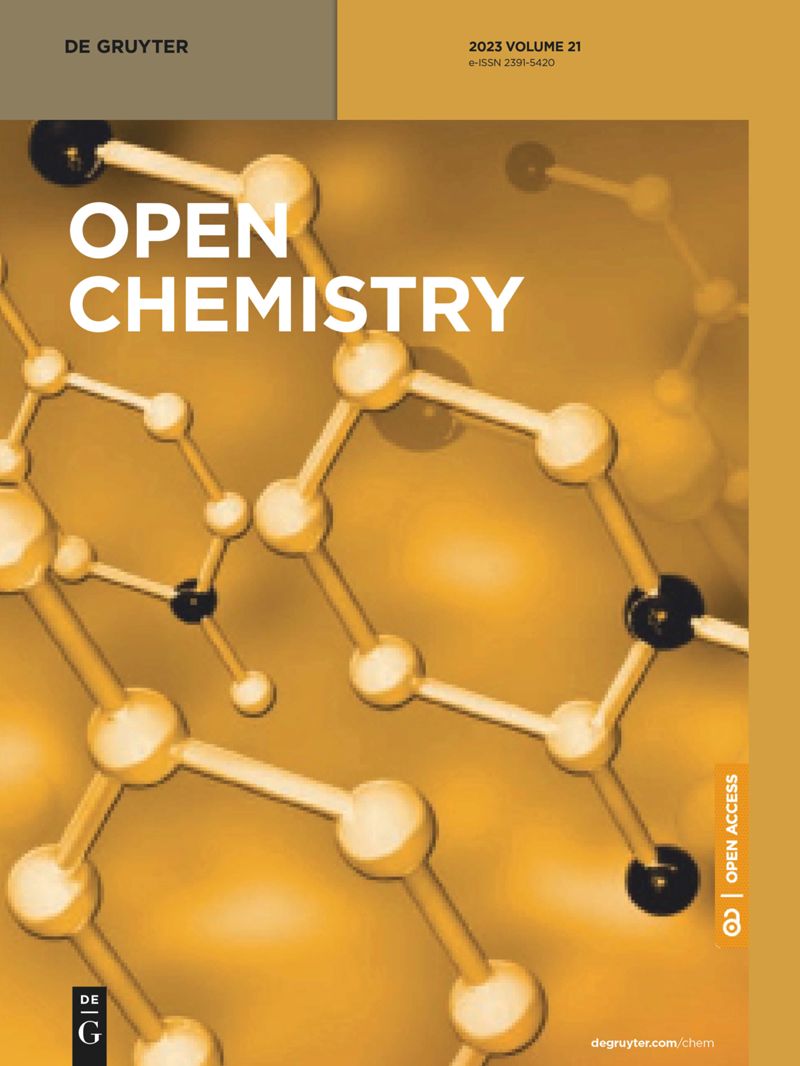Ameliorative effects of thistle and thyme honeys on cyclophosphamide-induced toxicity in mice
IF 1.9
4区 化学
Q3 CHEMISTRY, MULTIDISCIPLINARY
引用次数: 0
Abstract
Cyclophosphamide (CP) is a potent anticancer agent widely used to treat various malignancies and autoimmune diseases after organ transplantation. However, its therapeutic benefits are often accompanied by severe toxicity, primarily attributable to oxidative stress. In contrast, Moroccan honey, including varieties, such as thyme and thistle, is known for its multifaceted medicinal properties, including potent antioxidant activity. This study sought to investigate the protective potential of Moroccan honey against CP-induced genotoxic and cytotoxic effects in mouse bone marrow cells. The results revealed a significant increase in genotoxicity and cytotoxicity following CP administration (20 mg/kg), as evidenced by elevated micronuclei frequency and a reduced ratio of polychromatic to normochromatic erythrocytes. However, pretreatment with Moroccan honey (1 g/kg) for a duration of 6 days effectively attenuated these adverse effects. Furthermore, biochemical analysis demonstrated that mice receiving honey exhibited notable improvements in liver function, as indicated by decreased levels of alanine aminotransferase, aspartate aminotransferase, and uric acid. Histological examination revealed reduced hepatic damage characterized by diminished steatosis, apoptosis, necrosis, and inflammatory cell infiltration. These findings underscore the potential of thyme and thistle honeys, as a promising adjunctive therapy to mitigate the deleterious effects associated with CP treatment, offering potential applications in complementary chemotherapeutic strategies.蓟和百里香蜂蜜对环磷酰胺诱导的小鼠毒性的改善作用
环磷酰胺(CP)是一种强效抗癌剂,广泛用于治疗各种恶性肿瘤和器官移植后的自身免疫性疾病。然而,其治疗效果往往伴随着严重的毒性,这主要归因于氧化应激。相比之下,摩洛哥蜂蜜,包括百里香和蓟草等品种,以其多方面的药用特性而闻名,其中包括强大的抗氧化活性。本研究试图探讨摩洛哥蜂蜜对氯化石蜡诱导的小鼠骨髓细胞基因毒性和细胞毒性效应的保护潜力。结果显示,服用氯化石蜡(20 毫克/千克)后,基因毒性和细胞毒性明显增加,表现为微核频率升高,多色红细胞与正常红细胞的比例降低。然而,使用摩洛哥蜂蜜(1 克/千克)进行为期 6 天的预处理可有效减轻这些不良影响。此外,生化分析表明,服用蜂蜜的小鼠肝功能明显改善,丙氨酸氨基转移酶、天门冬氨酸氨基转移酶和尿酸水平均有所下降。组织学检查显示,肝脏损伤减轻,脂肪变性、细胞凋亡、坏死和炎症细胞浸润减少。这些发现凸显了百里香和蓟草蜂蜜作为辅助疗法的潜力,可减轻与 CP 治疗相关的有害影响,为辅助化疗策略提供了潜在的应用前景。
本文章由计算机程序翻译,如有差异,请以英文原文为准。
求助全文
约1分钟内获得全文
求助全文
来源期刊

Open Chemistry
CHEMISTRY, MULTIDISCIPLINARY-
CiteScore
3.80
自引率
4.30%
发文量
90
审稿时长
6 weeks
期刊介绍:
Open Chemistry is a peer-reviewed, open access journal that publishes original research, reviews and short communications in the fields of chemistry in an ongoing way. The central goal is to provide a hub for researchers working across all subjects to present their discoveries, and to be a forum for the discussion of the important issues in the field. The journal is the premier source for cutting edge research in fundamental chemistry and it provides high quality peer review services for its authors across the world. Moreover, it allows for libraries everywhere to avoid subscribing to multiple local publications, and to receive instead all the necessary chemistry research from a single source available to the entire scientific community.
 求助内容:
求助内容: 应助结果提醒方式:
应助结果提醒方式:


